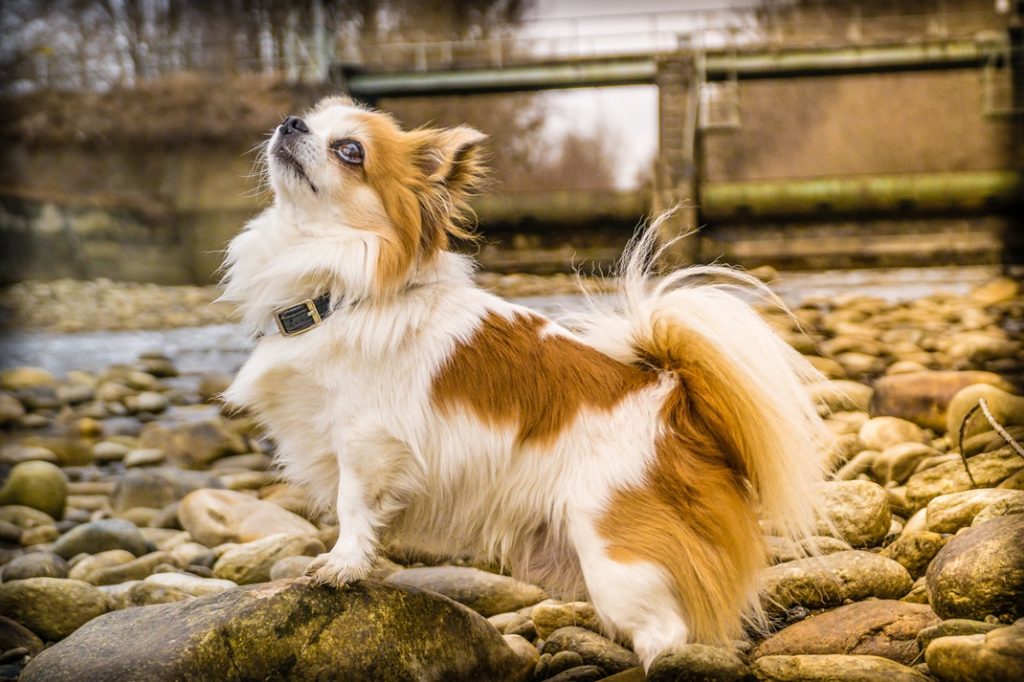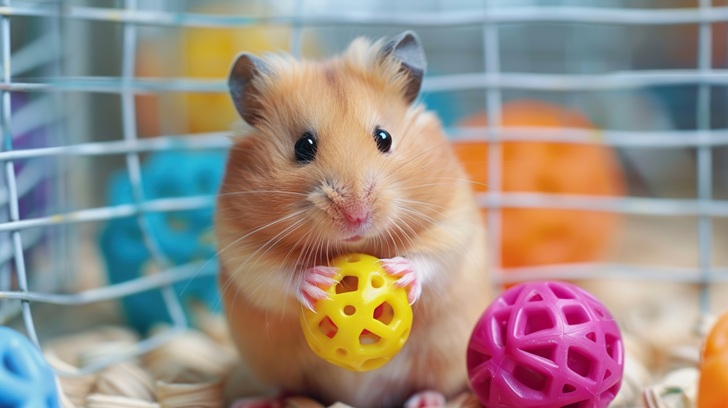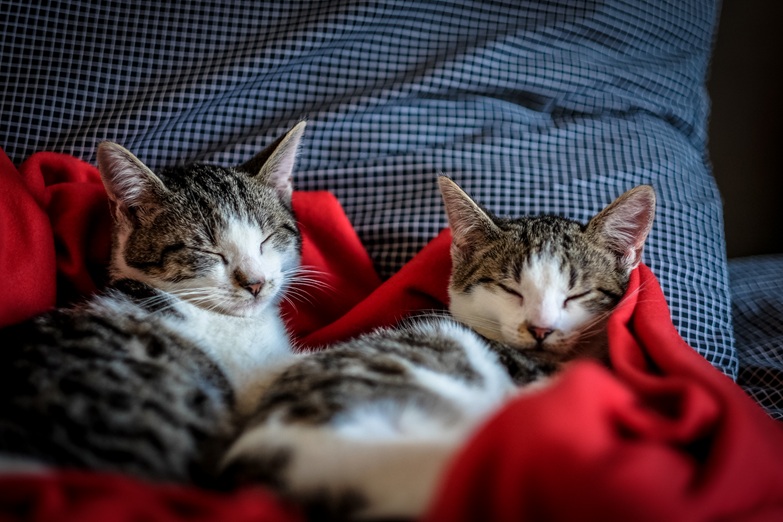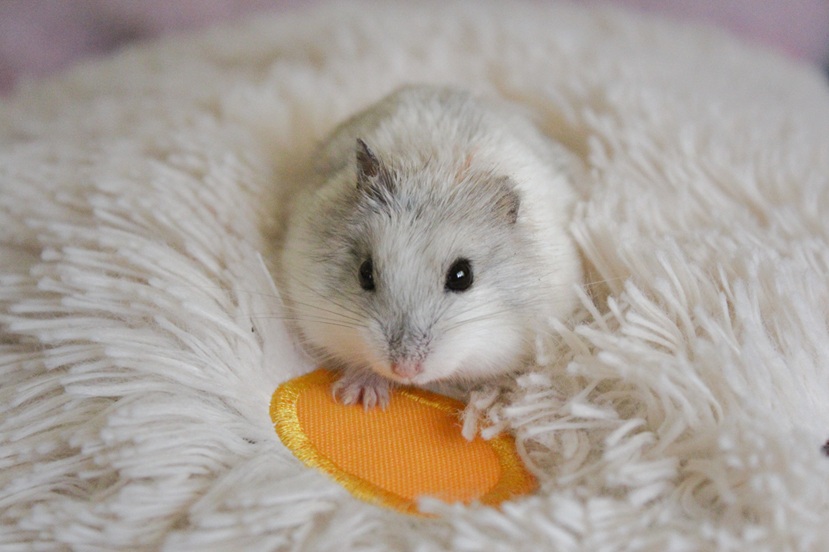Diceros bicornis
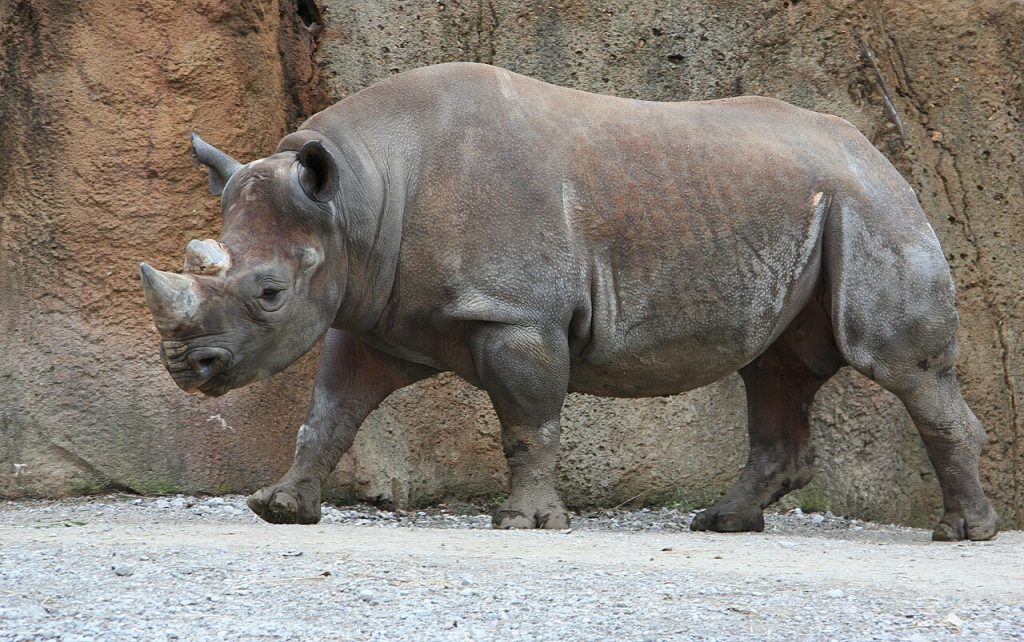
The black rhinoceros is a mammal belonging to the genus Rhinoceros in the family Rhinocerotidae of the order Perissodactylus. It is also known as the black rhinoceros or the pointed-snouted rhinoceros. It has a robust body, with skin ranging from brown to gray, and sparse, stiff fur. Its skin is thick and rough, with less pronounced wrinkles on the shoulders and waist compared to the Indian rhinoceros, and no wart-like protrusions on its body surface. It has oval-shaped ears, a long, thick head, and a short, thick neck. It has two solid horns, one in front and one behind, with the largest front horn reaching up to 1.4 meters in length. The upper lip has a pointed, retractable projection in the middle. Males are slightly heavier than females. The average lifespan is 30-40 years.
Black rhinoceroses are mainly distributed across a vast area of eastern, central, western, and southern Africa. They primarily inhabit forest edges and mountainous regions near water sources, generally in dense thickets of thorny shrubs or locust trees. They typically feed on the tender branches, leaves, and fruits of woody plants, especially acacia, and occasionally also eat grasses. They are solitary or live in small groups. They are mainly active during the day. Males reach sexual maturity around 8 years old, and females around 6 years old. They give birth once every 3 years, with one offspring per litter.
The black rhinoceros was once the most numerous species in the rhinoceros family, with an estimated population of 850,000. Due to unchecked hunting, habitat loss, and poaching in recent years, its numbers plummeted to less than 2,000. Through years of conservation efforts, including reintroduction to areas where it has been extinct, the population has slowly recovered to approximately 5,000. It is a strictly protected animal in its range and is listed in Appendix I of the Convention on International Trade in Endangered Species of Wild Fauna and Flora (CITES), prohibiting commercial trade. It is also listed as Critically Endangered (CR) on the IUCN Red List of Threatened Species.
